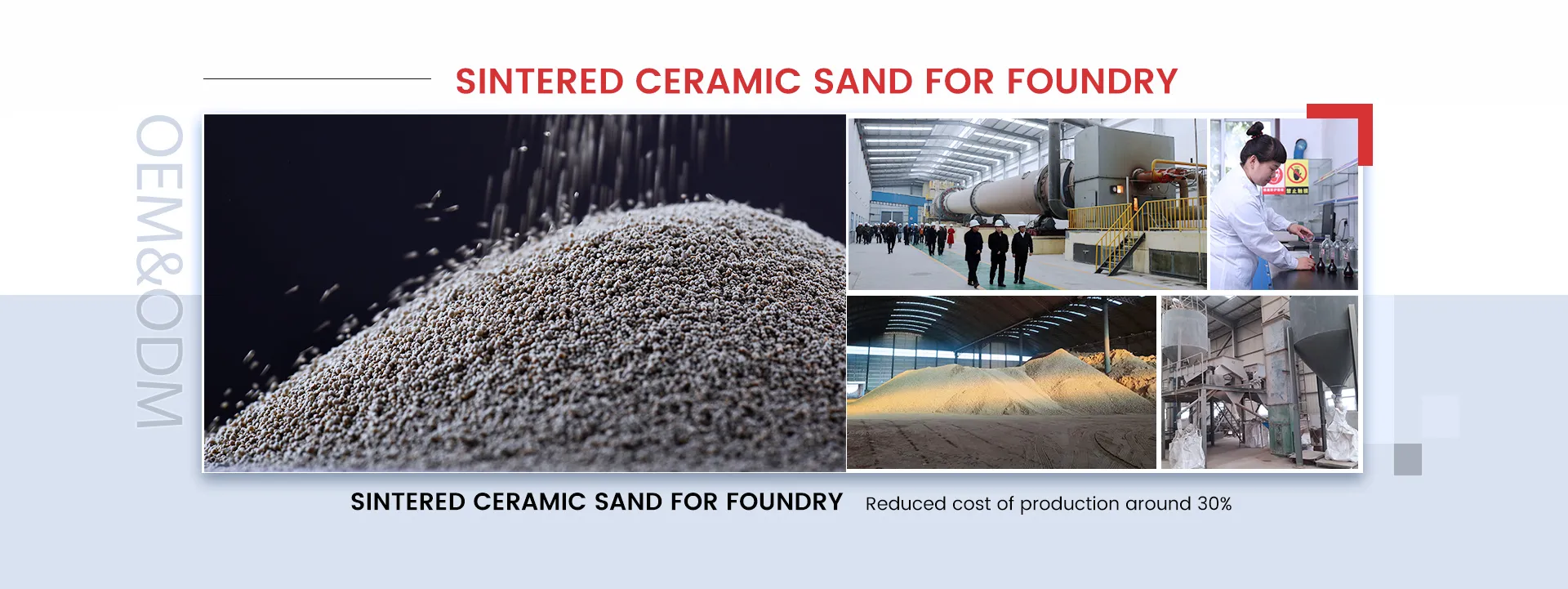The Significance of Stainless Steel Sand Casting in Foundry Processes
Stainless steel sand casting is a vital technique in the foundry industry, offering a unique combination of durability, versatility, and corrosion resistance. As manufacturers and engineers seek innovative solutions to meet the demands of various applications, understanding the fundamentals of stainless steel sand casting becomes increasingly essential.
Understanding Stainless Steel Sand Casting
Sand casting is one of the oldest and most widely used metal casting processes. The process begins with the creation of a mold from a mixture of sand and a binding agent, which is then formed to shape after packing it around a pattern. When it comes to stainless steel, the patterns must be designed with precision as this alloy's properties require specific considerations during the casting process.
Stainless steel is an iron-based alloy that contains a minimum of 10.5% chromium, which provides its characteristic corrosion resistance. This makes it an excellent choice for industries such as aerospace, automotive, and marine applications where exposure to harsh environments is common. The combination of strength and resistance to oxidation ensures that castings made from stainless steel can withstand a variety of operating conditions.
Benefits of Stainless Steel Sand Casting
1. Versatility One of the primary advantages of stainless steel sand casting is versatility. The technique can be utilized for a wide range of components, from intricate parts with complex geometries to larger, simpler shapes. This adaptability makes it a preferred choice across diverse industries.
2. Cost-Effectiveness While the initial setup for sand casting may require investment, especially in creating molds, the cost-effectiveness of producing large quantities of parts cannot be overlooked. Sand casting allows for production runs of varying scales, making it ideal for both small-scale prototypes and large production batches.
3. Material Properties The mechanical properties of stainless steel, such as high tensile strength and exceptional ductility, combined with its corrosion resistance, significantly enhance the lifespan of the cast components. This translates to fewer replacements and lower overall costs in many applications, making it a financially sound choice.
stainless steel sand casting foundry

4. Complexity and Detail The sand casting process enables the creation of intricate designs and fine details. This is crucial for applications where precision components are necessary, such as in hydraulic systems or turbine engines. With advancements in technology, the feasibility of achieving greater complex shapes while maintaining structural integrity continues to improve.
Challenges in Stainless Steel Sand Casting
Despite its many advantages, stainless steel sand casting does present several challenges. The melting temperature of stainless steel is higher than that of other materials, which can complicate the casting process. Additionally, achieving a flawless surface finish can be more demanding and may require further machining or surface treatment to meet stringent industry standards.
Moreover, the sand casting process can lead to potential defects such as porosity or shrinkage, which must be carefully managed. Foundries employing this technique invest in high-quality raw materials and advanced monitoring technologies to minimize these issues and ensure consistent output quality.
Future Trends and Innovations
The foundry industry is continually evolving, with research and development focusing on improving sand casting techniques. Innovations such as 3D printing of sand molds are beginning to rise, allowing for rapid prototyping and reduced lead times. Furthermore, additive manufacturing may complement traditional methods, offering solutions to enhance the design and production of stainless steel components.
Conclusion
Stainless steel sand casting remains a cornerstone of the foundry industry, known for its ability to provide durable, high-quality components suitable for myriad applications. As technology progresses and the industries' needs shift, the relevance of sand casting, particularly with stainless steel, is expected to maintain and potentially grow.
Understanding the balance between benefits, challenges, and innovations in stainless steel sand casting will empower manufacturers and engineers to harness its full potential, ensuring their production processes remain competitive and effective in the global marketplace.
Post time:дец . 16, 2024 03:28
Next:A Guide to Sanding Resin Smoothly and Effectively for Your Projects
